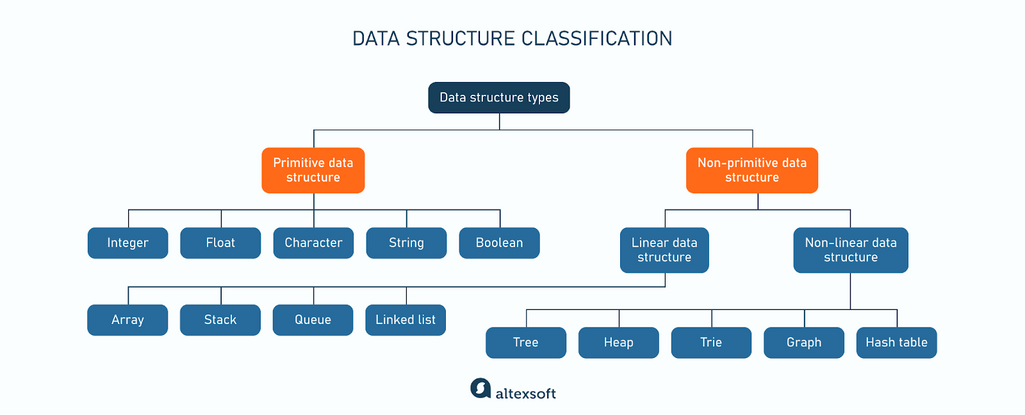When it comes to the world of technology, data structures and algorithms are the backbone of any software development process. Understanding these concepts is crucial for building efficient and scalable applications. In this article, we will simplify the complex world of data structures and algorithms to help you grasp the fundamentals.
What are Data Structures?
Data structures are a way of organizing and storing data in a computer so that it can be accessed and manipulated efficiently. They are important for optimizing the performance of algorithms, as they determine how data is stored and retrieved. Some common data structures include arrays, linked lists, stacks, queues, trees, and graphs.
Arrays:
An array is a collection of elements stored in contiguous memory locations. It allows for easy access to individual elements by using their index. Arrays are useful for storing data that needs to be accessed frequently, but they have a fixed size that cannot be changed dynamically.
Linked Lists:
Linked lists are a data structure in which each element, or node, contains a reference to the next node in the sequence. This allows for dynamic memory allocation and flexibility in modifying the structure. Linked lists are commonly used in scenarios where elements need to be inserted or deleted frequently.
Stacks and Queues:
Stacks and queues are abstract data types that follow the Last In First Out (LIFO) and First In First Out (FIFO) principles, respectively. Stacks are used for functions like pushing and popping elements, while queues are used for operations like enqueue and dequeue.
Trees and Graphs:
Trees and graphs are hierarchical data structures that are used to represent relationships between data. Trees have a root node with child nodes, while graphs consist of nodes connected by edges. Trees and graphs are commonly used in algorithms like binary search trees and shortest path algorithms.
What are Algorithms?
Algorithms are step-by-step procedures or formulas for solving a problem. They are essential for computing and processing data efficiently. Understanding algorithms allows developers to optimize code and improve the overall performance of applications.
Sorting Algorithms:
Sorting algorithms are used to rearrange data in a specific order, such as alphabetical or numerical. Some common sorting algorithms include Bubble Sort, Insertion Sort, and Quick Sort. These algorithms are crucial for tasks like organizing database records and search algorithms.
Search Algorithms:
Search algorithms are used to find a specific element within a collection of data. Some common search algorithms include Linear Search, Binary Search, and Depth-First Search. These algorithms are essential for tasks like querying databases and finding items in a list.
Dynamic Programming:
Dynamic programming is a method for solving complex problems by breaking them down into simpler subproblems. This technique is used in algorithms like the Knapsack Problem and the Longest Common Subsequence Problem. Dynamic programming is crucial for optimizing performance and efficiency in applications.
Conclusion
Understanding data structures and algorithms is essential for any developer looking to build efficient and scalable applications. By mastering these concepts, you can optimize the performance of your code and deliver high-quality software solutions. Whether you are a beginner or an experienced developer, simplifying these complex topics can help you enhance your skills and achieve success in the tech industry.
Stay tuned for more articles on data structures and algorithms to further expand your knowledge and skills in software development.
